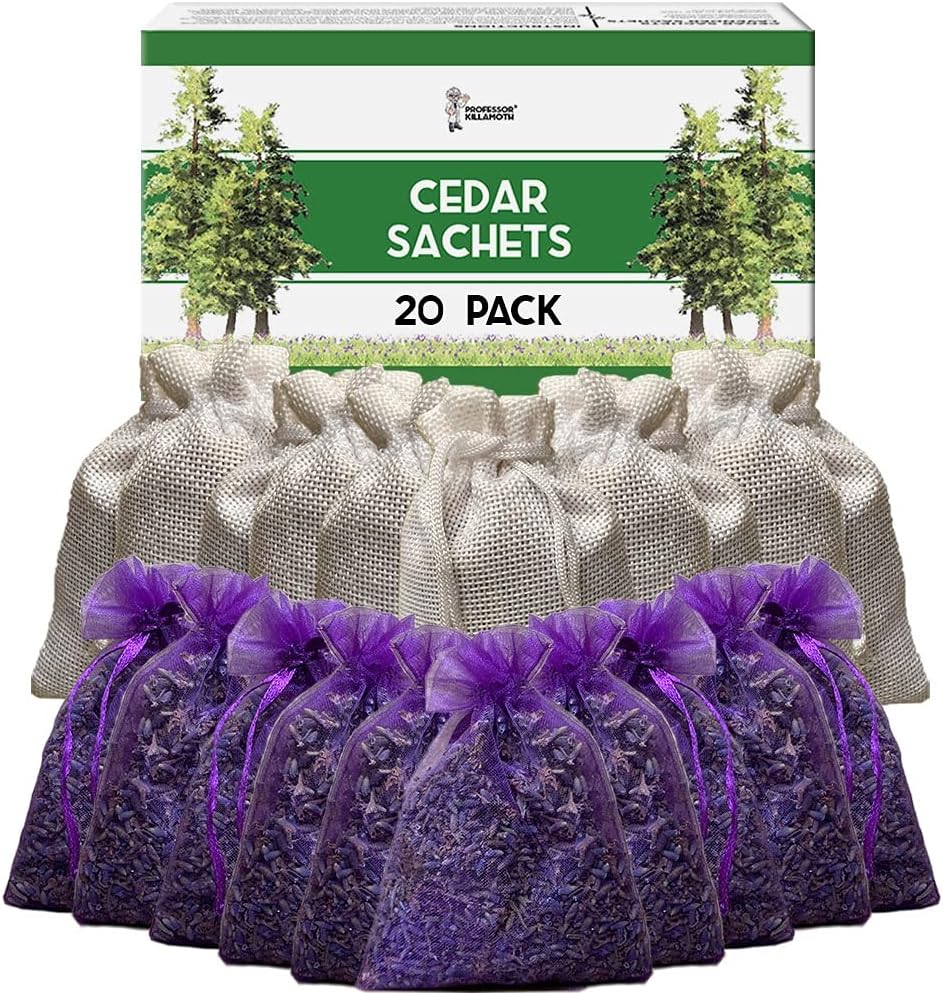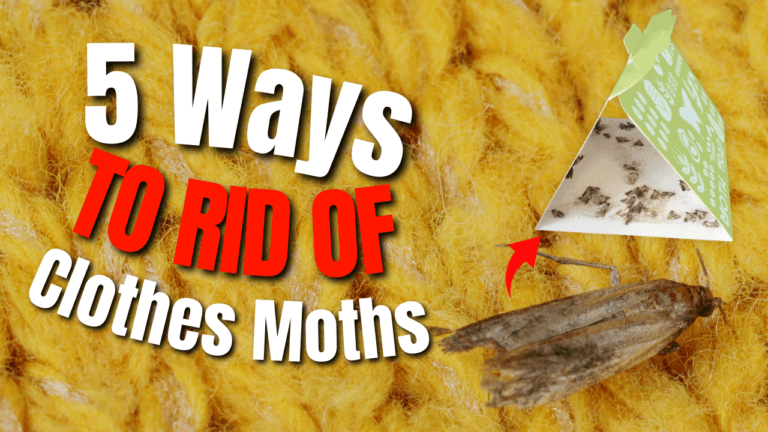5 Ways to Reduce Drain Moths: What Causes Drain Moths?
Drain moths, often referred to as drain flies or moth flies, are small, fuzzy insects that can become a nuisance in homes.
They are typically found near drains, sinks, and other moist areas where they breed.
While these pests are not harmful, their presence can be unsettling and indicate underlying issues within your plumbing.
Understanding what causes drain moths can help you effectively manage and prevent their infestations.
In this post, we are going to explore five effective ways to reduce drain moths.
Let’s dive in!
What Causes Drain Moths?
Drain moths thrive in moist environments, and their presence is often a sign of stagnant water or organic matter in drains.
Common causes include:
- Clogged Drains: Food particles and organic debris can accumulate in drains, providing a breeding ground for these pests.
- Moisture: High humidity or leaks in plumbing can create ideal conditions for drain moths to thrive.
- Poor Ventilation: Areas with limited airflow can retain moisture, further encouraging infestations.
5 Ways To Reduce Drain Moths
1. Use Lavender Sachets and Cedar Chips
Lavender sachets and cedar chips are natural repellents that can help deter drain moths.
The strong scent of lavender is known to repel many insects, while cedar has natural insect-repelling properties.
Place lavender sachets and cedar chips in areas prone to moisture, such as under sinks, near drains, and in cabinets.
This not only helps keep drain moths at bay but also adds a pleasant aroma to your home.
Out of all of the products I’ve tried, my personal favorite is Professor Killamoth’s Cedar Chips & Lavender Sachets.
Professor Killamoth’s Cedar Chips and Lavender Sachets are an excellent choice for reducing drain moths due to their natural insect-repelling properties and delightful fragrance.
These sachets provide a long-lasting aroma that not only freshens up your home but also creates an unwelcoming environment for drain moths.
Made from all-natural ingredients, they are safe for families and pets, making them a worry-free option for any household.
Conveniently packaged and ready to use, these sachets can easily be placed in closets, drawers, and other moisture-prone areas to effectively deter unwanted pests.
2. Keep Drains Clean
Regularly cleaning your drains is crucial for preventing drain moths.
By removing food particles and organic matter, you eliminate their breeding grounds.
Use a mixture of baking soda and vinegar to clean your drains.
Pour a cup of baking soda followed by a cup of vinegar, let it sit for about 30 minutes, and then flush with hot water.
This natural solution can help break down buildup and keep drains clear.
3. Improve Ventilation
Good ventilation helps reduce moisture levels in your home, making it less appealing for drain moths to thrive.
Ensure that areas prone to moisture, such as bathrooms and kitchens, are well-ventilated.
Use exhaust fans, open windows when possible, and consider using a dehumidifier in particularly humid environments.
4. Fix Leaks and Moisture Issues
Leaks and excess moisture can create ideal breeding conditions for drain moths. Identifying and fixing these issues is essential for long-term prevention.
Regularly inspect your plumbing for leaks, drips, or standing water.
If you notice any issues, repair them promptly. This can involve tightening fittings, replacing washers, or calling a plumber for more extensive repairs.
5. Use Traps
Using traps can help catch drain moths and reduce their population in your home.
Consider using commercially available drain fly traps or DIY traps made from a jar filled with a mixture of vinegar and dish soap.
The vinegar attracts the moths, while the soap reduces the surface tension, trapping them in the liquid.
Reducing Drain Moths
Reducing drain moths involves addressing the underlying causes of their presence and implementing preventive measures.
By using lavender sachets and cedar chips, keeping drains clean, improving ventilation, fixing leaks, and utilizing traps, you can effectively manage and reduce drain moth populations in your home.
If infestations persist despite these efforts, it may be worthwhile to consult with a pest control professional for further assistance.
By taking these proactive steps, you can create a more comfortable and pest-free living environment.
Thank you for reading!
Affiliate Disclosure
Some of the links on this site are affiliate links. This means that if you click on the link and purchase the item, we may receive an affiliate commission at no extra cost to you. I only recommend products or services that I believe will add value to my readers, however some (not all) do pay us to be on this blog. Your support and theirs helps keep this blog running, and I genuinely appreciate it.
Medical Disclaimer
The information provided on this website is for educational purposes only and is not intended as medical advice. This blog or the writer is not a licensed healthcare professional, and the content should not be used as a substitute for professional medical diagnosis, treatment, or advice. Always consult with your physician or other qualified healthcare provider before starting any new treatment or making any changes to your healthcare routine.

